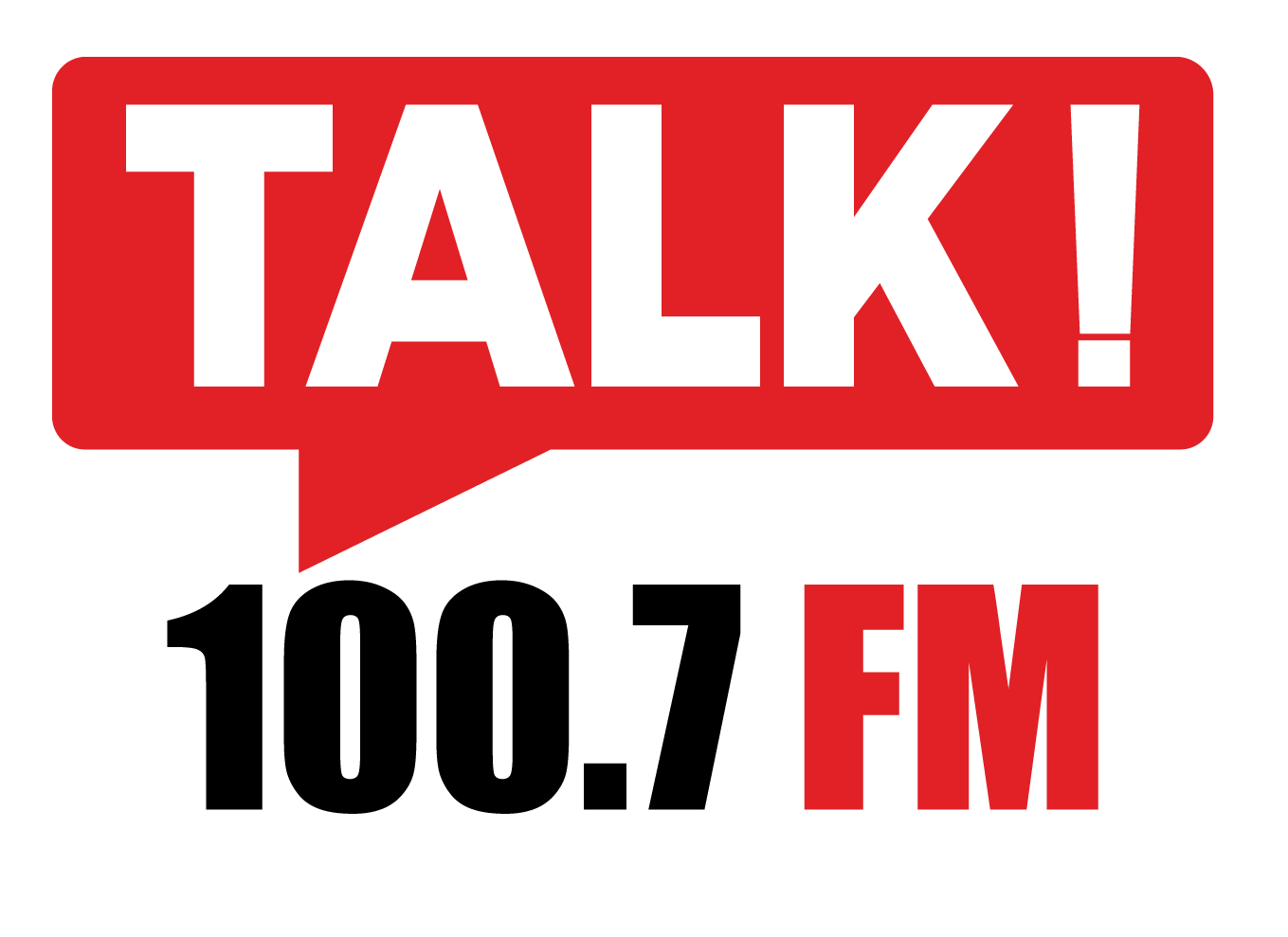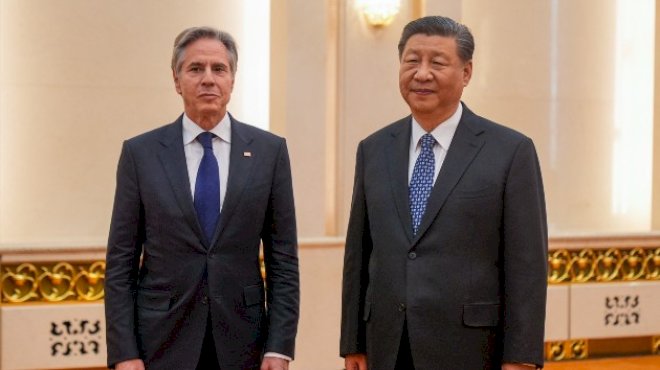- TALK! 100.7 FM
- 315-624-0870
- 315-623-0373
- talk@wutqfm.com

Baltimore Ravens, Orioles donate $10 million to Key Bridge relief fund
April 6, 2024
6 months into the Israel-Hamas war, the tragic human toll by the numbers
April 7, 2024In war-torn Ukraine, officials and businesses voice concern about job vacancies

In war-torn Ukraine, officials and businesses voice concern about job vacancies
KYIV, Ukraine — As Ukraine aims to mobilize up to 500,000 troops in the third year of war against Russia, it needs six times more workers driving the economy at home to support the troops.
“Their salaries are paid by our people, who pay taxes. When we talk about mobilization, we must know that one soldier equals six people in civilian life who pay taxes. Therefore, the government, me, all of us, must find three million taxpayers from the month of January,” President Zelenskyy said during a press conference in December last year.
But finding a workforce has become a big challenge for businesses in Ukraine that has adapted to operate during the full-scale invasion.
“If last year we couldn’t find qualified specialists, now we’re facing a shortage even at the lowest positions,” the general manager of one of the hotels of an international chain told ABC News, asking not to mention his name.
The manager added, “There are physically no people. Thirty percent of our employees have left the country, and if any more of our male employees are called up for mobilization, it would be catastrophic for us. If this trend continues, we may have to scale back operations by the end of the year.”
Ukraine needs at least 4.5 million workers, the Ministry of Economy said. The biggest deficits are in defense industries, construction, medical services, agriculture and retail, officials said.
Silpo is one of the biggest chain of supermarkets in Ukraine, known for the variety of goods and fancy store design. Although the first days of the invasion were challenging for the company, primarily in terms of safety, Silpo opened 20 new stores in 18 cities during the Russian invasion, in particular in Kherson just a few weeks after the de-occupation.
But Russian missile strikes make it challenging to find employees in front-line cities, the company representatives told ABC News. Besides, 2,700 out of its 30,000 employees were called up to the army, the company said.
What helps Silpo stay attractive for the job seekers is their unique internal human-centered culture.
“We have a strong and dedicated team that, thanks to our unique internal culture, finds opportunities for creativity and experimentation. We believe that each of our employees can “surpass” themselves every day in their favorite business, generate non-standard ideas and have an inner sense of ‘wow,'” Ivan Palchevskyi, SIlpo representative, told ABC News.
The company not only established a support center for any kind of assistance for the employees — from evacuation to mental health support; it changed the way of training young professionals, launched a program for adaptation of war veterans and also started training women for positions usually occupied by men.
“One such project is called OnTrack, which we developed in collaboration with Swedish company Beredskapslyftet and Scania Ukraine,” Palchevskyi said. “This program provides women with the opportunity to train as truck drivers with us. We are proud to say that the first cohort of graduates have already started working.”
Small businesses also need a helping hand. It’s become difficult to find people for vocational jobs, like being a carpenter, driver or tailor.
Halyna Tymchenko runs a small atelier in one of the shopping malls in Kyiv. A job posting on the door of her office has been there for four months already, she told ABC News.
“I need a seamstress to help me with the orders, because people come every day. But I can’t find a good one and I’m already thinking of hiring a student,” Tymchenko said.
Many businesses are ready to hire people with little experience and train them. Others said they’ve retained employees by raising salaries by up to 30%.
Against the background of general lack of labor force, the unemployment rate in Ukraine stays at the pre-war level though, according to the state employment service. Around 15% of the population still struggle to find a job, but that may be mostly because their profession is not in high demand or the salary offered is lower than the job seeker expects.
Spheres like IT now offer fewer positions, while the number of candidates grew tenfold. The unemployment rate also differs from one region to another — it’s the lowest in the east, near the front line, where most infrastructure is damaged or destroyed, and is the lowest in the western regions, which are considered to be the safest, and where many businesses relocated in the past two years.
Despite the challenges, businesses in Ukraine remain optimistic about their future, the poll conducted by the Ukrainian Institute of Economic and Political Research.
About 45% of respondents invested in their reconstruction and development in 2023 and 44% are going to do the same this year. And that’s one of the highest rates since 2011, the report said. More businesses started operating at full power, but that, again, means they will need more people to join the workforce.
The government said it aims to stimulate Ukrainians to return home from abroad, including many of the about 6 million people who left since February 24, 2021, when Russia invaded. But there is not yet any complex program for bringing them back.
Copyright © 2024, ABC Audio. All rights reserved.



